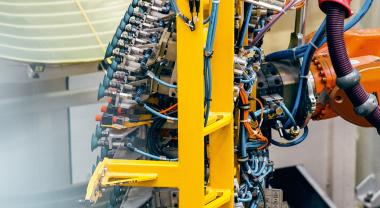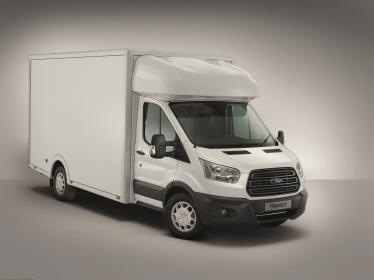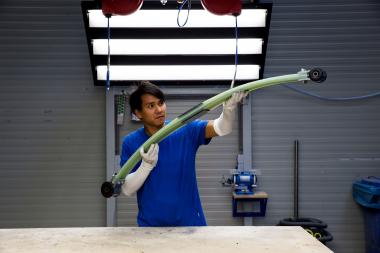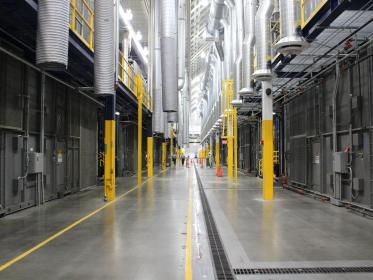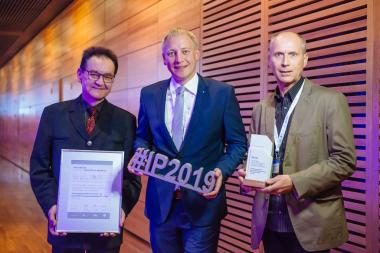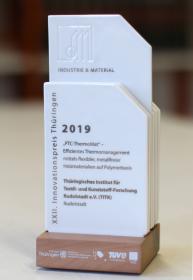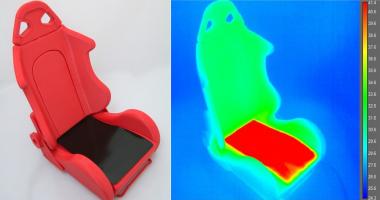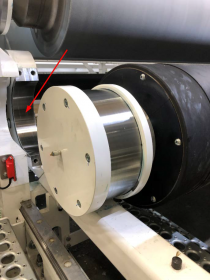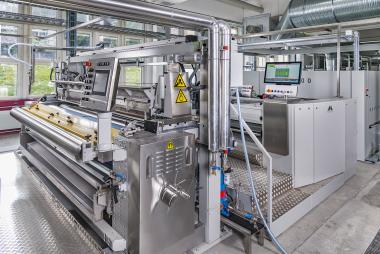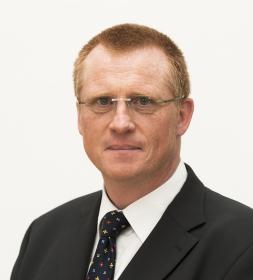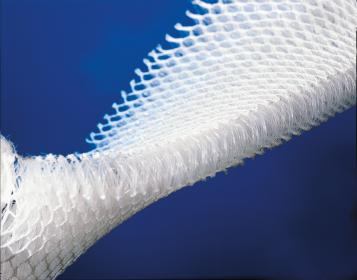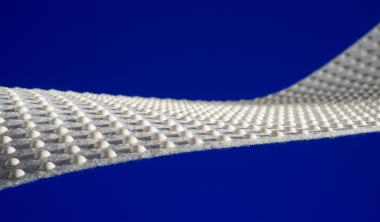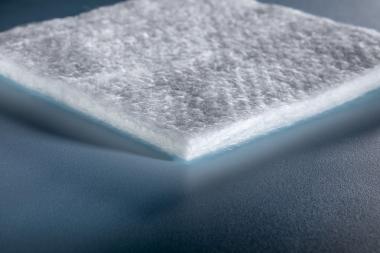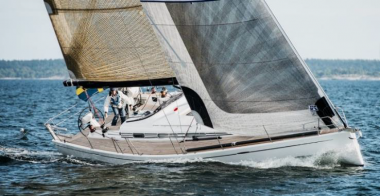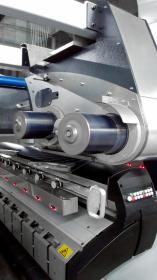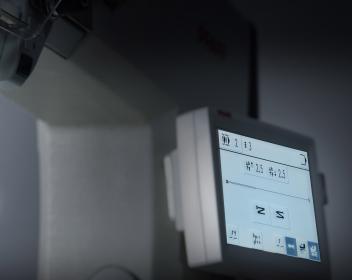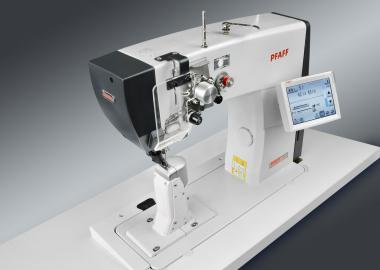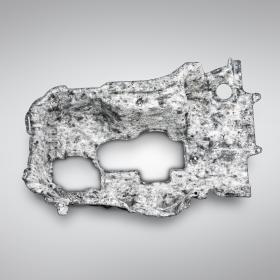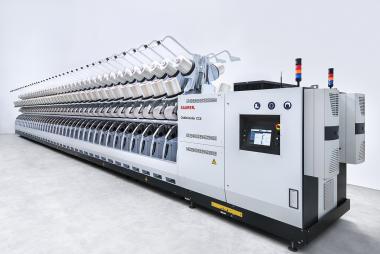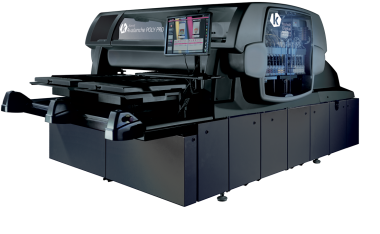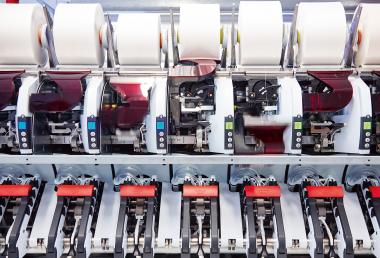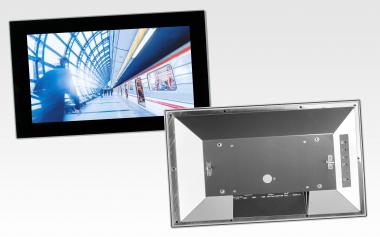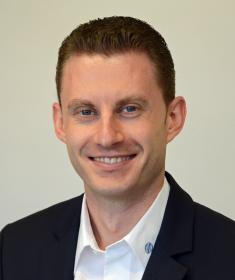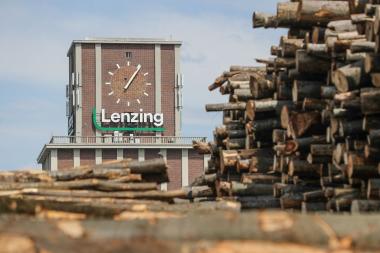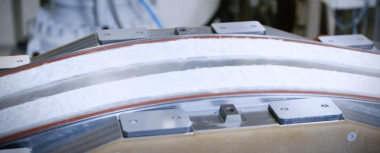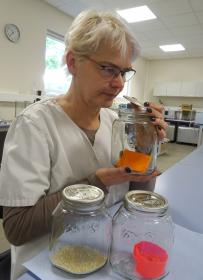Textil del Valle Selects Kornit Digital for Direct-to-Garment Printing
Peruvian print business delivering DTG capabilities for prestigious apparel brands worldwide
Kornit Digital announced that Textil del Valle South America, a vertically integrated garment manufacturing company based in Peru, has chosen to implement Kornit’s digital direct-to-garment (DTG) printing technology at its 1.1 million-square-foot facility in Lima, Peru.
Textil del Valle services many of the world’s most prominent apparel brands, including global leaders in sports and athleisurewear.
“Kornit’s sustainable print technology provides the last piece of the puzzle, so we have the ‘full package’ for manufacturing the garment itself, imprinting it on demand based on the customer need, and shipping it ourselves, all from a single location,” said Juan Jose Cordova, General Manager at Textil del Valle. “Our market has been veering away from stocking shelves with inventory that may or may not sell, and the Kornit solution helps our business and customers eliminate that uncertainty and risk. We are the most sustainable textile plant in the world, and Kornit enables us to continue answering market demands in an efficient, responsible manner.”
PR4U





